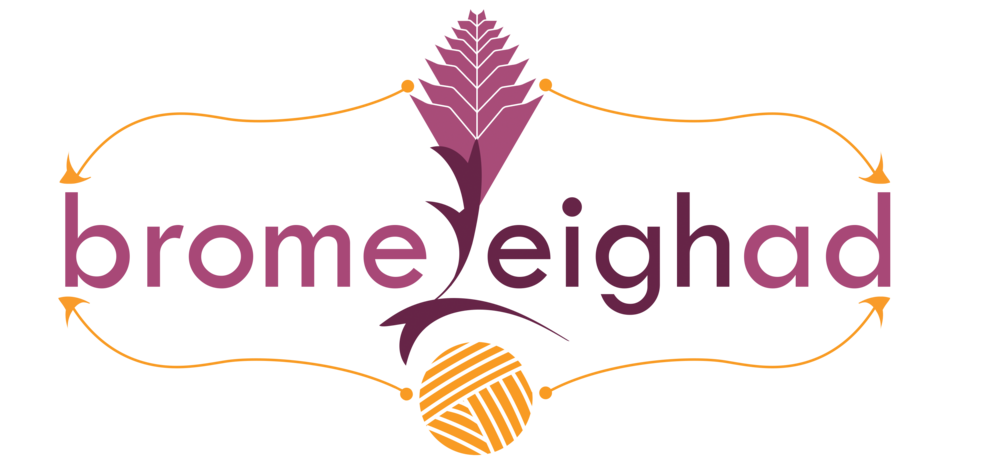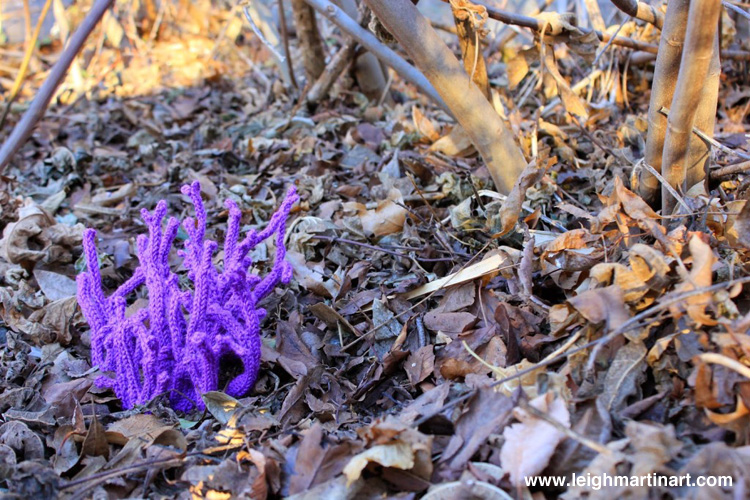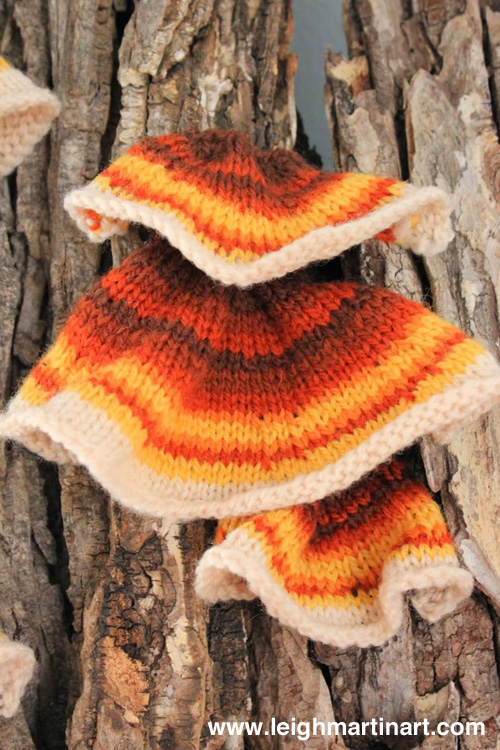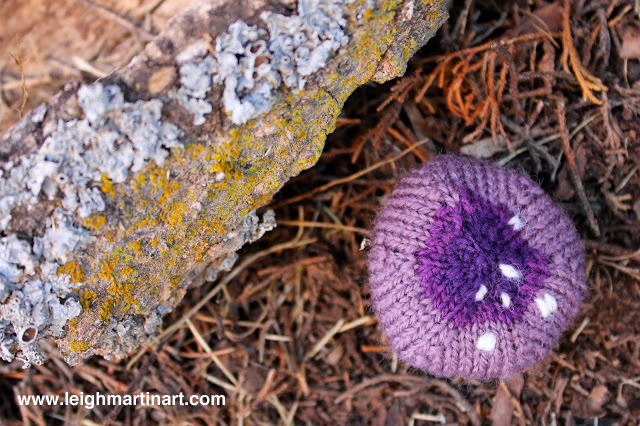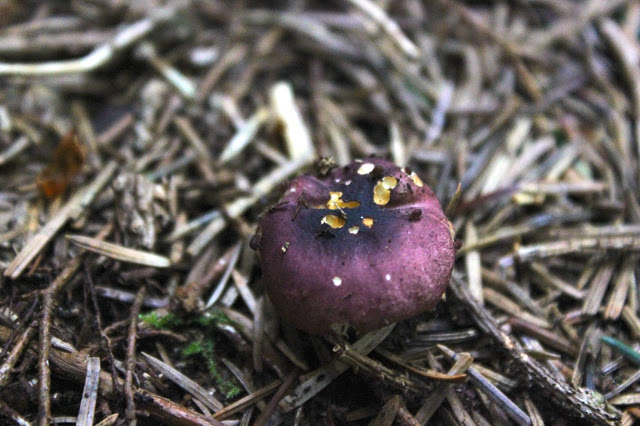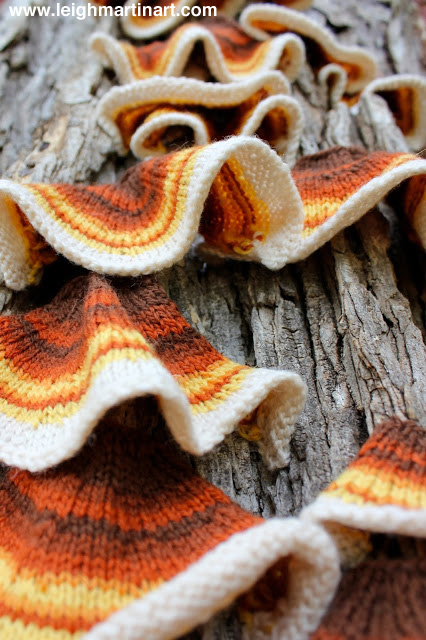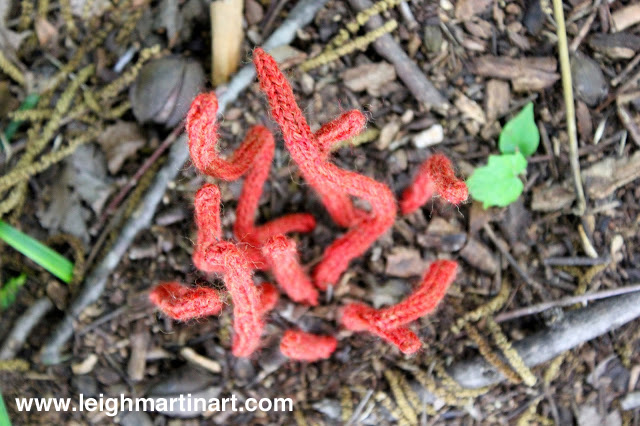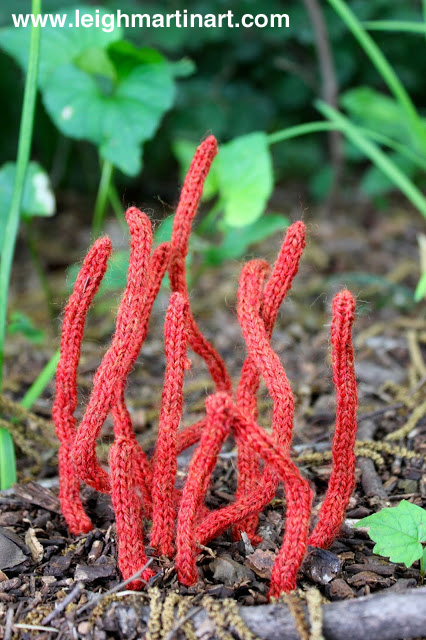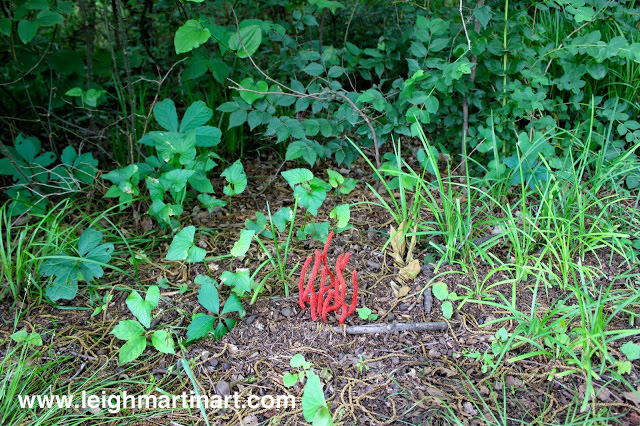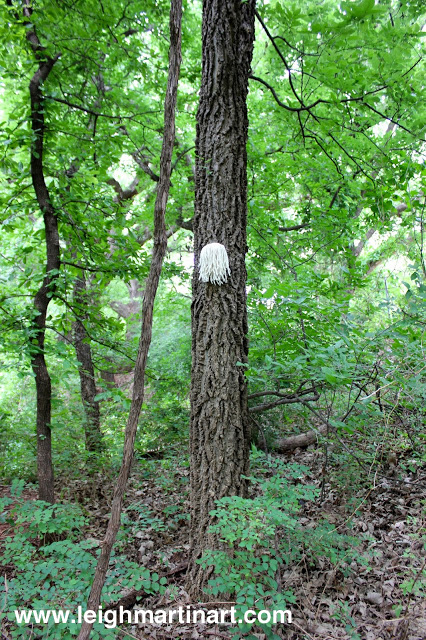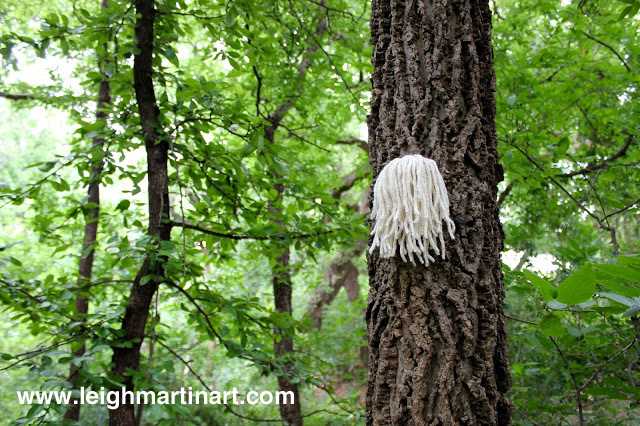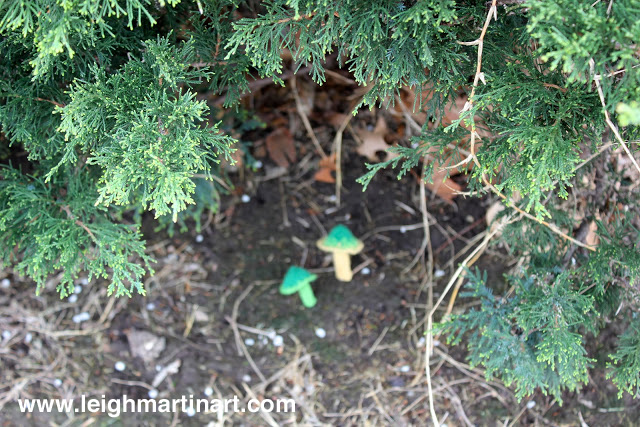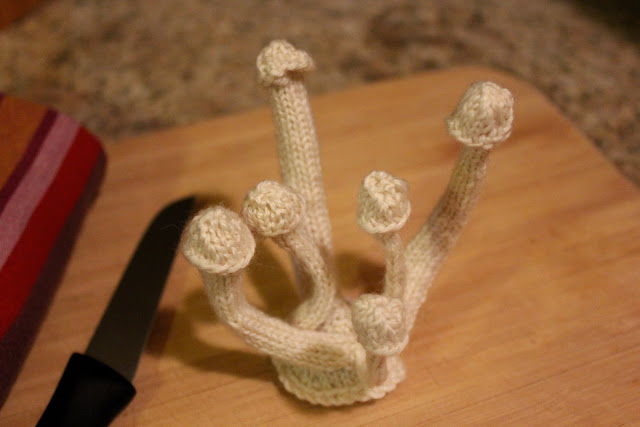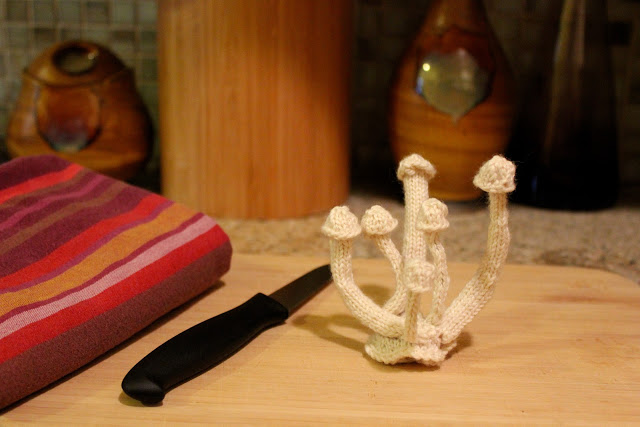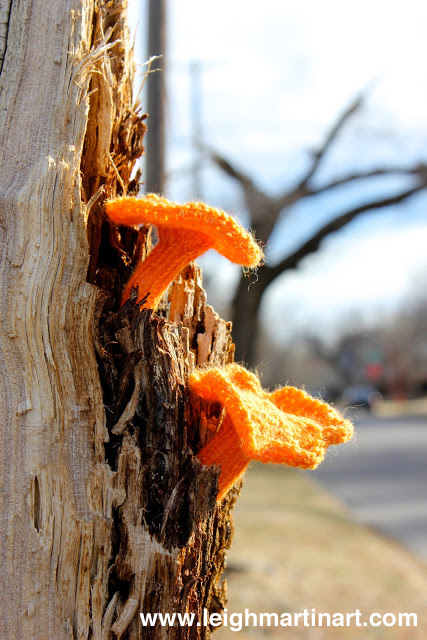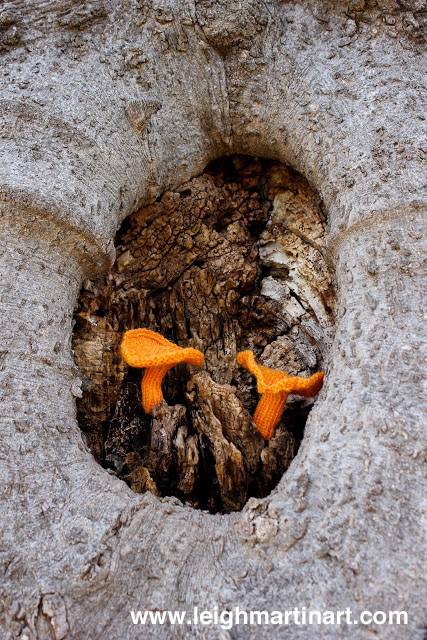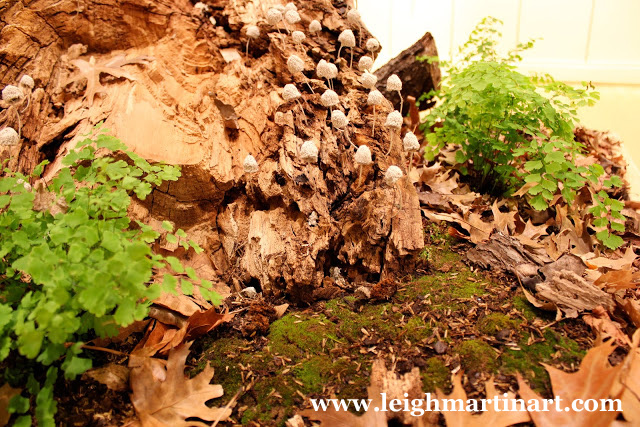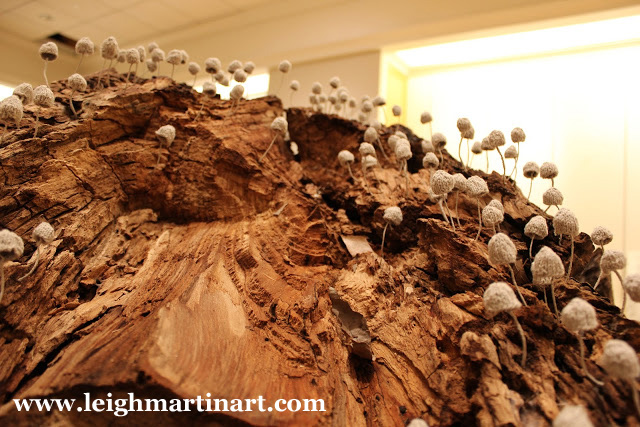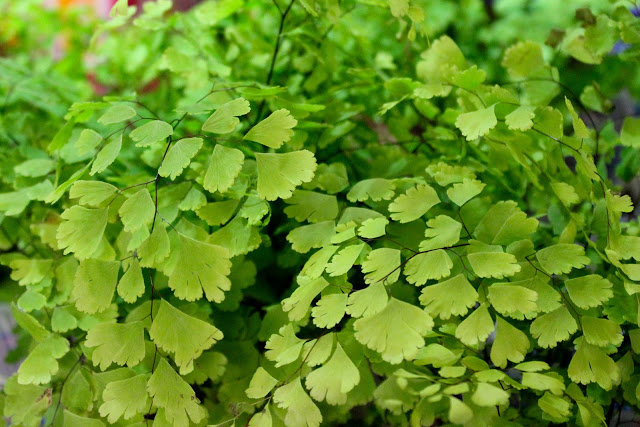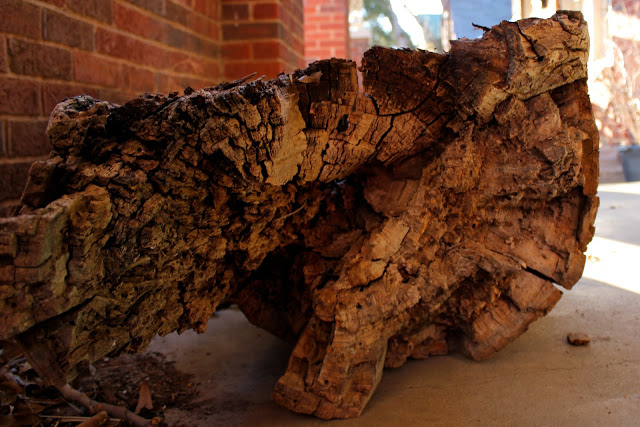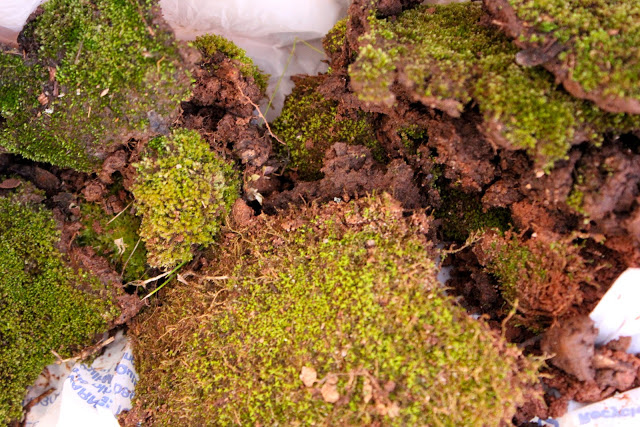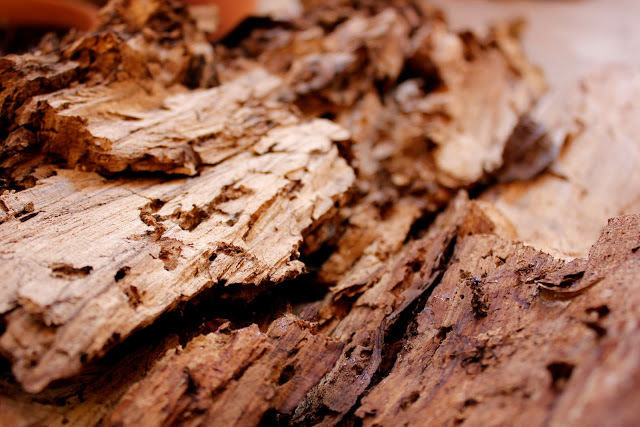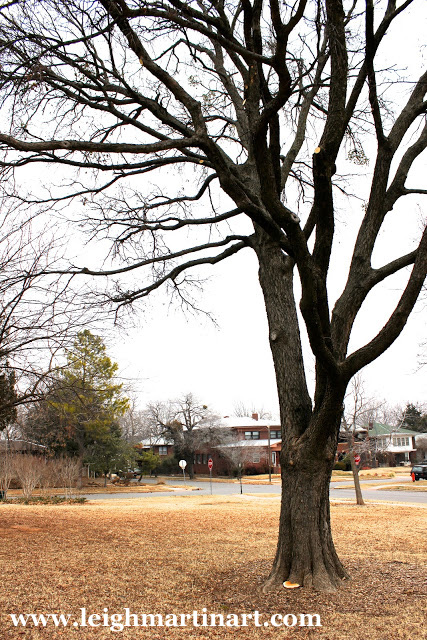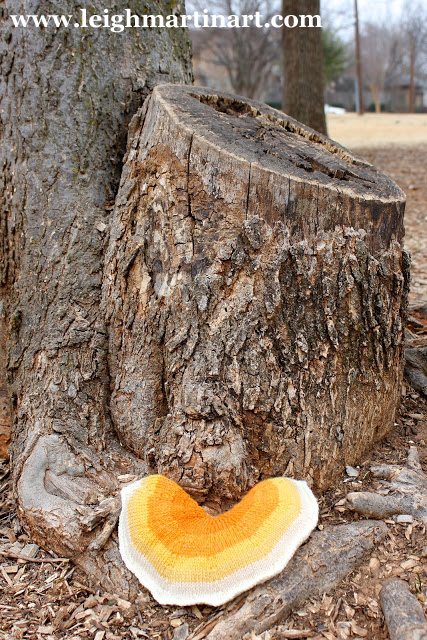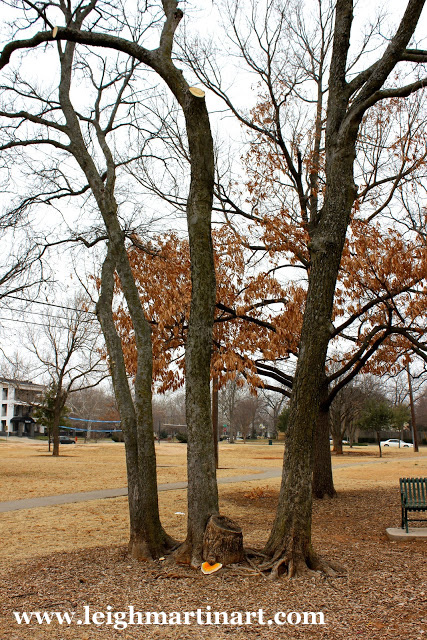Wall Hangings || Turkey Tail
52 Forms of Fungi || #20
This structure was knitted as part of my 52 Forms of Fungi project, through which I will knit a different type of fungi for every week of 2013. Check out more of the forms from this project.
52 Forms of Fungi || #19
52 Forms of Fungi || #16
52 Forms of Fungi || #14
52 Forms of Fungi || #13
52 Forms of Fungi || #12
52 Forms of Fungi || #11
This structure was knitted as part of my 52 Forms of Fungi project, through which I will knit a different type of fungi for every week of 2013. Check out more of the forms from this project
52 Forms of Fungi || #10
Here are two links to more information about northern tooth. I typically like to post the Mushroom Expert profiles with each of these forms, but for some reason it didn't have any photos showing the growth habit that is portrayed here, so that's why I included the second link.
Northern Tooth....... one || two
This structure was knitted as part of my 52 Forms of Fungi project, through which I will knit a different type of fungi for every week of 2013. Check out more of the forms from this project.
52 Forms of Fungi || #8
52 Forms of Fungi || #7
52 Forms of Fungi || #5
Decomposition: Colony III
Momentum OKC Starts Tonight
BIG THING #2 aka 52 Forms of Fungi || #4
52 Forms of Fungi || #3
